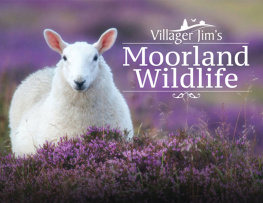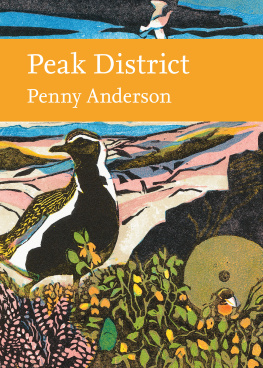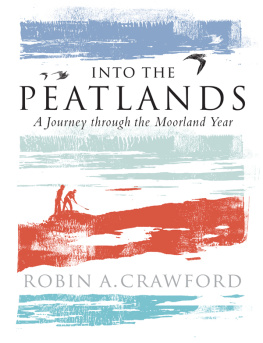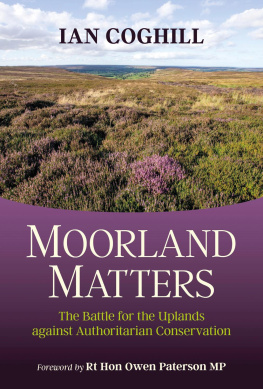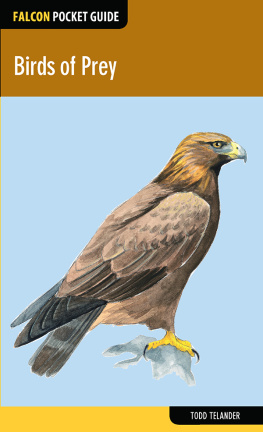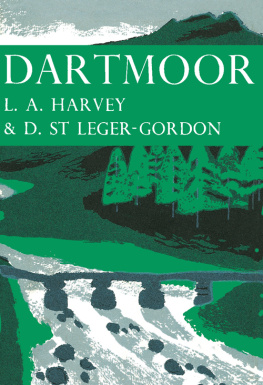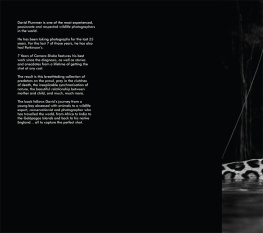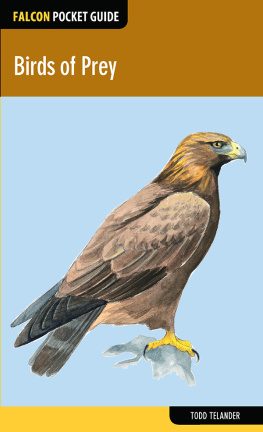
I dedicate this book to my great chum, John Nicholson. When my wife Jo and I moved from the big city to the countryside, we met John and his wife, Liz, and we all instantly became friends. John is an avid wildlife enthusiast and has spent his life learning about the animals in and around the Peak District. Over the years, he has inspired me, telling me, for instance, about the butterfly that just landed or that the green woodpecker will only eat ants that are prominent in local woodlands. John and I often bump into each other at dawn with our cameras, and chat about what we have seen that morning, passing on any new places discovered or animals seen for the first time in different locations. Without his help and enthusiasm, I dont think I would have fallen in love with the outdoors in the way that I have. So this book is a way of saying thank you to John for sharing his passion for wildlife, which is reflected in the pictures I take with my camera every day.


First published in Great Britain in 2017 by
PEN & SWORD WHITE OWL
an imprint of
Pen & Sword Books Ltd
47 Church Street
Barnsley
South Yorkshire
S70 2AS
Copyright Villager Jim 2017
ISBN 978 1 5267 0675 1
eISBN 978 1 5267 0677 5
Mobi ISBN 978 1 5267 0676 8
The right of Villager Jim to be identified as the author of this work has been asserted by him in accordance with the Copyright, Designs and Patents Act 1988.
A CIP catalogue record for this book is available from the British Library.
All rights reserved. No part of this book may be reproduced or transmitted in any form or by any means, electronic or mechanical including photocopying, recording or by any information storage and retrieval system, without permission from the Publisher in writing.
Pen & Sword Books Ltd incorporates the imprints of Pen & Sword Archaeology, Atlas, Aviation, Battleground, Discovery, Family History, History, Maritime, Military, Naval, Politics, Railways, Select, Transport, True Crime, and Fiction, Frontline Books, Leo Cooper, Praetorian Press, Seaforth Publishing, Wharncliffe and White Owl.
For a complete list of Pen & Sword titles please contact:
PEN & SWORD BOOKS LIMITED
47 Church Street, Barnsley, South Yorkshire, S70 2AS, England
E-mail:
Website: www.pen-and-sword.co.uk
Introduction
I f ever there was a job worth getting up for in the morning, being a wildlife photographer is top of the list for me. What started as a hobby after a move from city life to the countryside has developed into the best new career imaginable, and I wouldnt change it for anything.
Living in the heart of the Peak District, I am spoiled on a daily basis by what Nature gives. From sweeping barren moorlands to well-managed fields and country lanes teeming with wildlife, the landscapes are wonderfully diverse, offering distinctive scenes and moods with each season. My journeys with my camera encompass them all.
I go out always an hour before dawn. Of course, that is a different time every day: in early summer it is around 4.00 am and in the bleak midwinter, around 7.00 am. The weather can change very quickly at any time of year, and when Nature throws her worst at you, some of the best photographic opportunities often open up. Rolling mists are always exciting, and when I spot wildlife in their midst, that is a bonus. I learnt very early on to endure all weathers having a good coat and warm gloves certainly helps. The day I dont go out may be the day that I miss a spectacular opportunity. My most famous image of all The Ascent of Stag was taken in murky, drizzly and foggy conditions. I had nearly decided not to go that day as it seemed a bit pointless, but oh my goodness, did I nearly miss out! Those moments dont give two hoots about the weather.
I never know what Im going to come across, and that is the huge joy of it. I dont go out with a particular shot in mind; I cant work like that. I need to be free to seize the day and whatever presents itself in front of me. People adore my pictures of Highland cows; they always get great reactions on social media. Deer, and particularly stags, are also a stunning sight; to catch them you really have to be around at dawn, as with foxes and badgers. In fact, most wildlife is up and about way earlier than we humans are and tends to fade away when we start bustling around. You can often witness the end of an owls night out. Tawnys and barn owls usually hunt during the hours of darkness so it is always a pleasure to catch sight of them flying up and down drystone walls looking for prey.
There are lots of special moments throughout the year, but spring has to be my favourite season. I relish seeing the first curlews arrive across the fields along with their haunting calls. I enjoy the first signs of animals pairing up, like the two little owls who sit side by side in a ruined barn a mile away from my home. Seeing them perched together inside the old window frame is a sight I never tire of. The optimism of spring arrives with the crocuses and daffodils, and then the lambs are out in the fields in some places. As springtime progresses, the seasons energy and warmth sees off the coldness of winter and wildlife becomes more visible.
Over time, I have become familiar with the different traits of the animals I observe. It helps enormously that I know what they are likely to do when Im preparing for a shot. For example, when male ducks are looking to pair up with a mate they will push their body and head under the water, showing off to the females. When they leave the water after this they will stand tall and flap their wings out to get clean and dry. If you are ready for this, you can get cracking pictures of them with their wings spread wide like an angel. A hare, when caught out in the open and has frozen to the spot, will always lower its ears and wait for you to move. If you stay stock still with your eyes locked on, it will stay put, but the moment you dip your eyes, they go POW! Having this knowledge gains you valuable seconds; if you lock the focus and move your eyes down they will bolt but then you get the action shot! Having the ability to control a wild animal in this way always amazes me.
Spontaneity is the real key to my photography. Most of my pictures are taken on the spur of the moment. I dont sit around and wait, but I do know how to grab the best shots from those fabulous two- or three-second opportunities. Many is the time I have been out with colleagues and, like in the old Wild West, I have seen something, drawn my camera, taken three shots and lowered it before my pals have even spotted what it is I am shooting. Being quick on the draw is a really great thing to help a photographer grab special moments. They dont tend to wait for you!
A fellow photographer and I now run courses to teach all the techniques of better photography, and these have proved very popular. You can save yourself months of time by getting good advice that is easy to follow. Having this basic knowledge can inspire you to go out and practice and soon achieve great results. Gaining experience will soon reward with good composition, colour and tone. It can prove very addictive. Some of my most dramatic photographs are silhouettes, which are often very powerful and emotive. I love taking shots where the light source is behind the subject.
Next page
